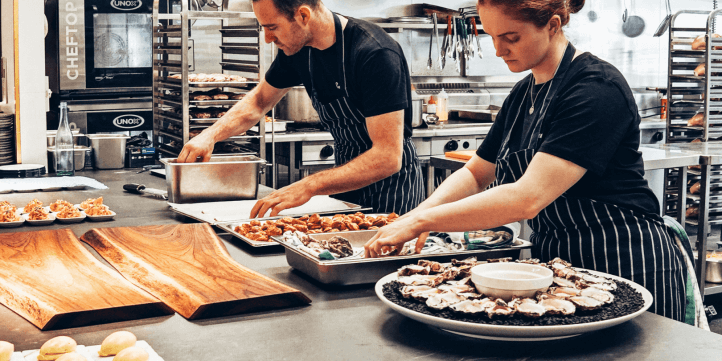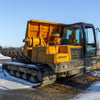What Workplace Dangers Face Those Working in Food Manufacturing?

There’s good news to be had in the UK food manufacturing industry. According to the Health and Safety Executive, the sector has witnessed more than a 50% decrease in the number of workplace injuries over the past 20 years. But despite this, health and safety continues to be one of the biggest challenges standing in the way of success, with more than 25% of all manufacturing injuries taking place within food manufacturing.
Of course, with food manufacturing being the UK’s biggest sub sector of manufacturing, it’s natural that injury rates may be higher than in other sectors. However, injury rates could certainly be much lower than they are. Between 2000 and 2010, almost 80,000 food manufacturing employees were injured on the job. Sadly, the HSE reports that 36 workers suffered a fatal injury at work during this timeframe.
So what are some of the most common dangers facing food manufacturing workers?
- Manual Handling
More than 30% of all food manufacturing injuries are the result of manual handling, and around 1700 workers per year suffer from this type of injury. Back pain is the most common, particularly in workers who are required to lift heavy objects and stack containers. Ideally, containers should be 25kg or lighter to minimise the risk of injury.
- Slips & Trips
35% of major food manufacturing injuries are caused by slips and trips; about 1300 injuries per year. Almost all slips are due to wet floors, so floors should have a roughness rating of 20 microns for water, 45 for milk, and 70 for oil. To reduce trips, ensure workers have decent flexibility in their workwear. Elasticated chef trousers are a good idea.
- Falls From Height
Working at height may not seem like a big risk in food manufacturing, but it’s important to remember that the industry includes not only food labs but also grain mills, sugar refineries, and slaughterhouses. Around 80 injuries per year are caused by falls from height, with ladders the prime culprit. Reduce the need to work at height if possible.
- Dangerous objects
There are around 700 injuries due to dangerous objects per year, with around 100 of them classed as serious injuries. These objects include knives and other sharp food preparation items. All sharp tools should be stored safely, and employers should ensure that all employees are fully trained on processes and health and safety protocols.
- Food Processing Machinery
500 injuries a year are the direct result of food processing machinery, and with that industry looking to be on the rise, and with greater levels of machinery adoption, this figure could increase significantly. Employers should ensure they select machinery with CEN ‘C’ certification which means that they meet European safety requirements.
- Non-Physical Injury
Workers in every industry are at risk of work-related stress. In food manufacturing, around one third of all cases of ill health are caused by mental health conditions. Employers should prioritise the employee experience, ensuring that workers have the training, tools, and appropriate food manufacturing clothing to safely carry out the job.
Conducting Risk Assessments
While it may not be possible just yet to completely eradicate workplace dangers in the food and drink manufacturing industry, it is possible to significantly reduce incidences of accident and injury. By conducting a thorough risk assessment and gaining an in depth understanding of the unique dangers within the environment, employers can take appropriate action to reduce risk and create happier, safer, more enjoyable spaces.





